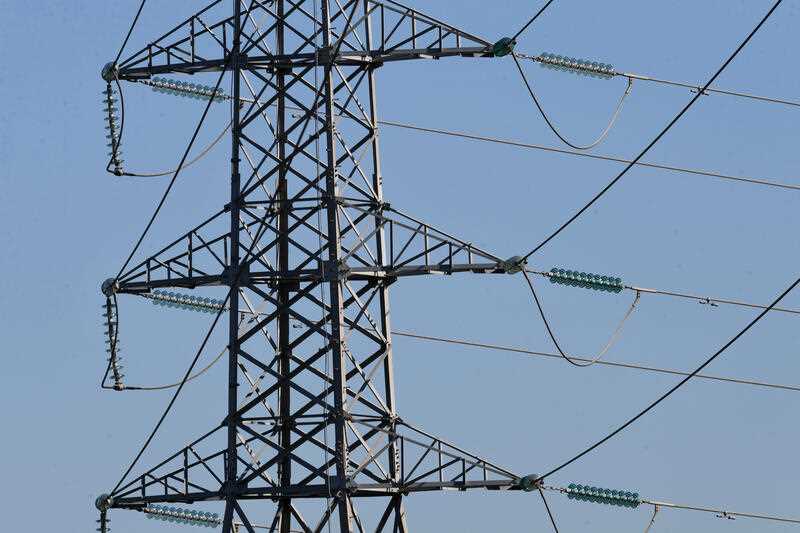The Australian Energy Market Operator has taken over the national wholesale electricity market after a tense three-day stand-off with generators.
WHAT IS THE NATIONAL ELECTRICITY MARKET?
- Households and businesses in NSW, Victoria, Queensland, South Australia, the ACT and Tasmania get their electricity from retailers, who buy it from generators on the wholesale market.
- The country lacks large-scale electricity storage, so energy retailers tell the market operator how much power their customers will need and when they will need it ahead of time.
- The operator tells the market how much electricity supply is needed for set time periods, and generators offer to supply power for a spot price.
- The operator then chooses which generators will supply electricity, starting with the cheapest, until demand for each period is met.
- Generators are not allowed to sell electricity for more than $15,000 per megawatt hour, which could be crippling if passed on to retailers and their customers.
WHOLESALE ELECTRICITY PRICES HAVE BEEN SURGING - Wholesale spot prices doubled to $64/MWh in Victoria and $89/MWh in NSW, and quadrupled to $171/MWh in Queensland, between March 2021 and March 2022.
- By May 15, the price had risen again in most states to between $160/MWh and $283/MWh.
- Prices are surging because people are using more electricity during colder winter weather, particularly at night.
- About a quarter of the country’s coal-fired power plants have also been out of action for planned and unplanned maintenance.
- Generators say surging international coal and gas prices mean it is costing them more to produce electricity.
- There is also evidence that some generators are price-gouging to bank bigger profits.
WHAT HAPPENED EARLIER THIS WEEK? - The wholesale spot price hit $15,100/MWh, which is $100 over the limit, and stayed at that level for more than seven hours on Sunday.
- The Australian Energy Market Operator (AEMO) capped prices at $300/MWh, in line with the rules, and in response generators stopped offering to supply electricity.
- Generators were still allowed to sell electricity for more than $300/MWh if they could prove it cost that much to produce.
- The operator asked generators to offer to supply power, but they still refused, so it had to issue outage warnings.
- For two nights, the AEMO had to order generators to supply power at certain times to avoid blackouts.
- The operator seized control of the entire wholesale market on Wednesday, the first time in its history.
- The AEMO is now ordering generators to produce certain amounts of electricity at certain times to meet demand.
- Generators forced to supply are allowed to claim compensation if it costs them more than $300/MWh to produce power.
WHAT’S GOING TO HAPPEN NOW? - Households and businesses will be shielded from blackouts or massive power bill hikes for the near future.
- Generators are worried that being forced to produce electricity will deplete their coal or gas supplies, and they will have to buy more fuel at international prices, which will further drive up wholesale prices.
- The Australian Energy Regulator will probe what caused Sunday’s record prices, and will likely publish its report in August.
(Source: AEMO and AER)



